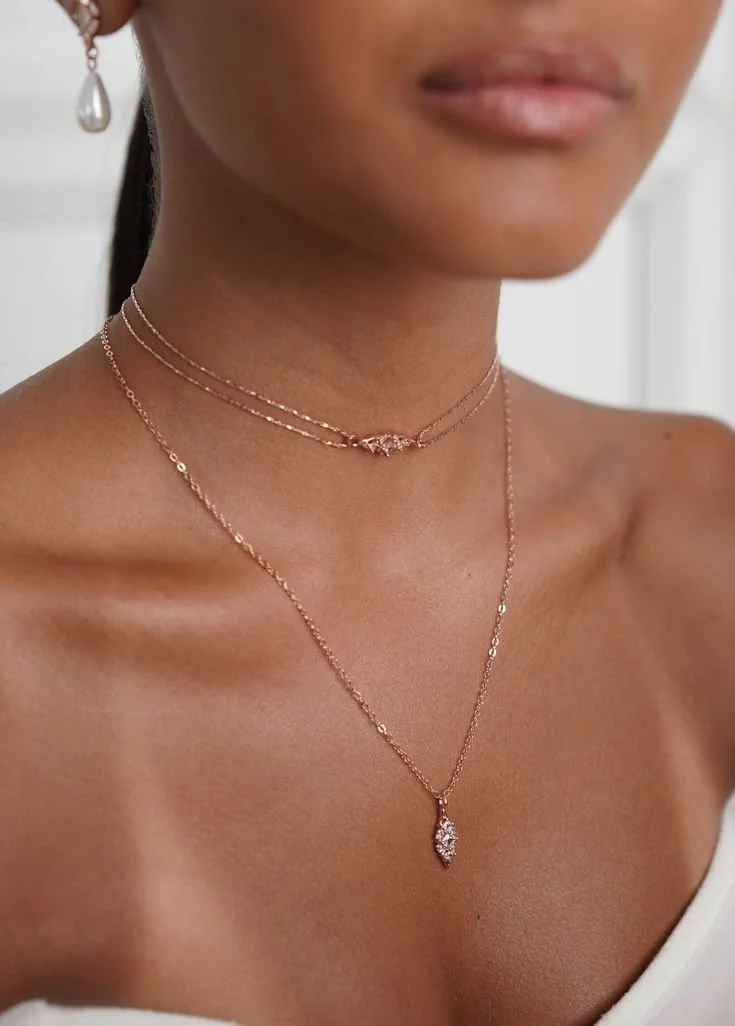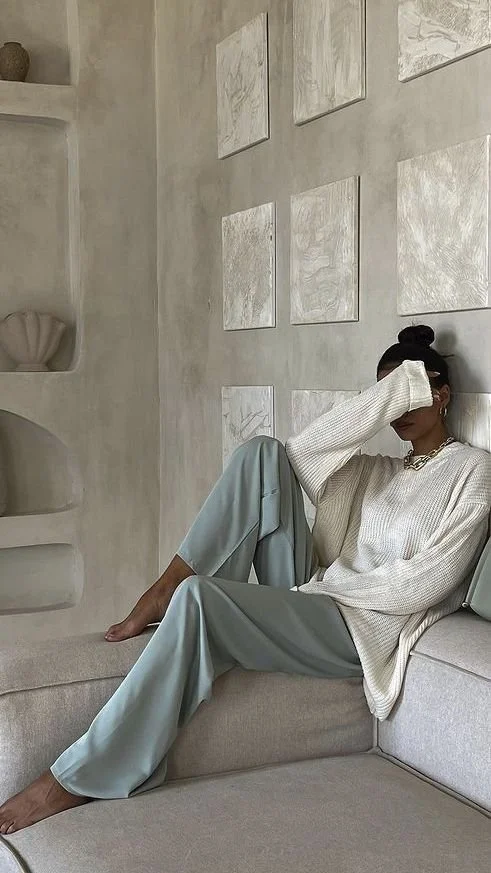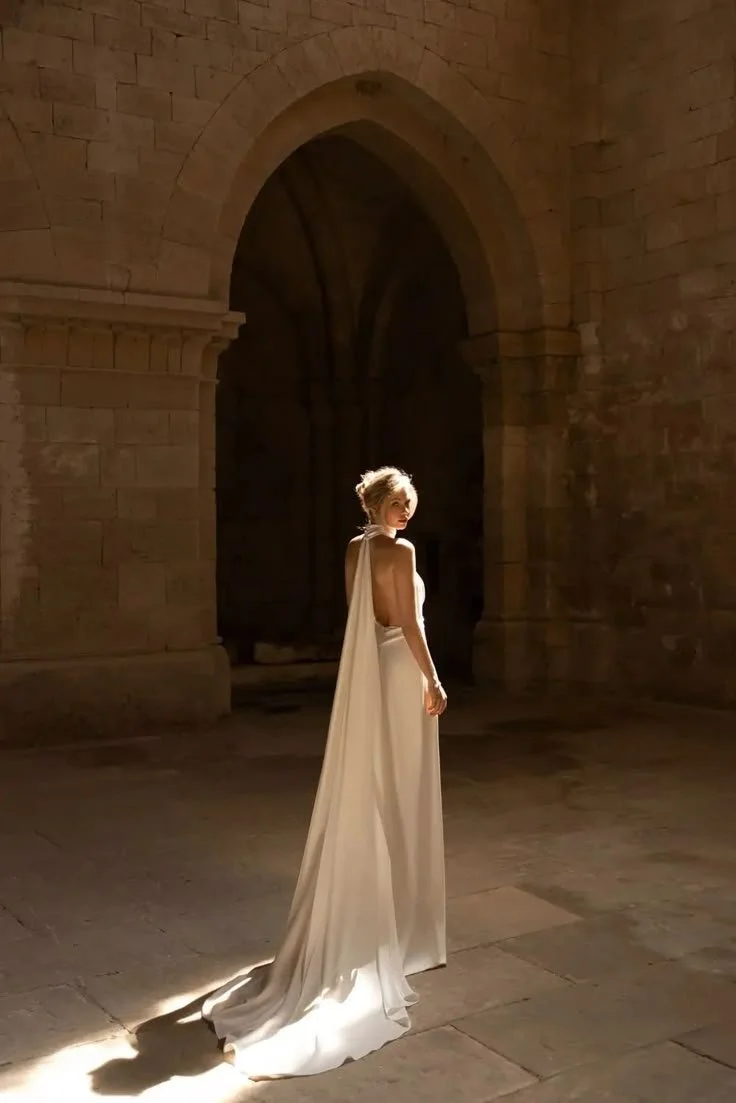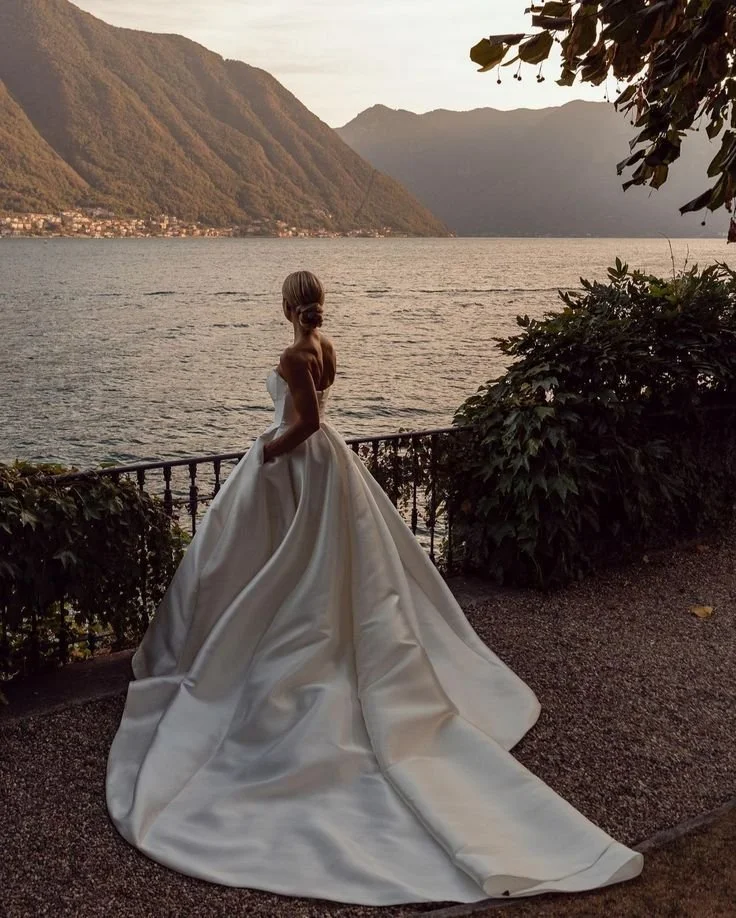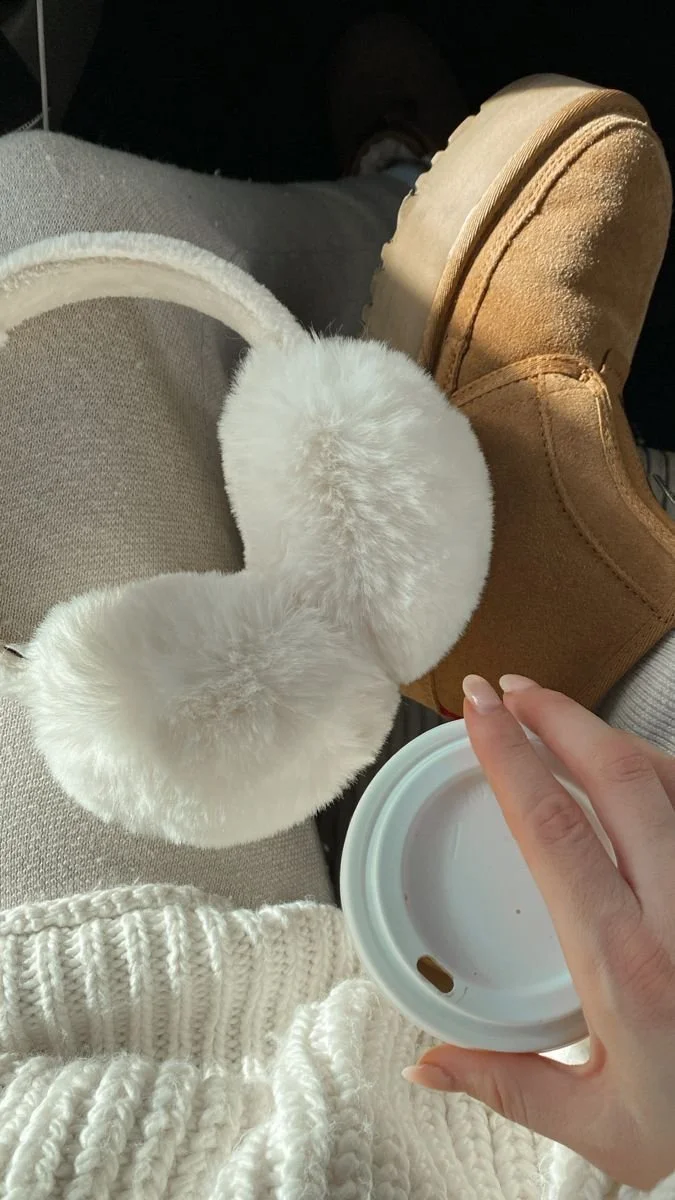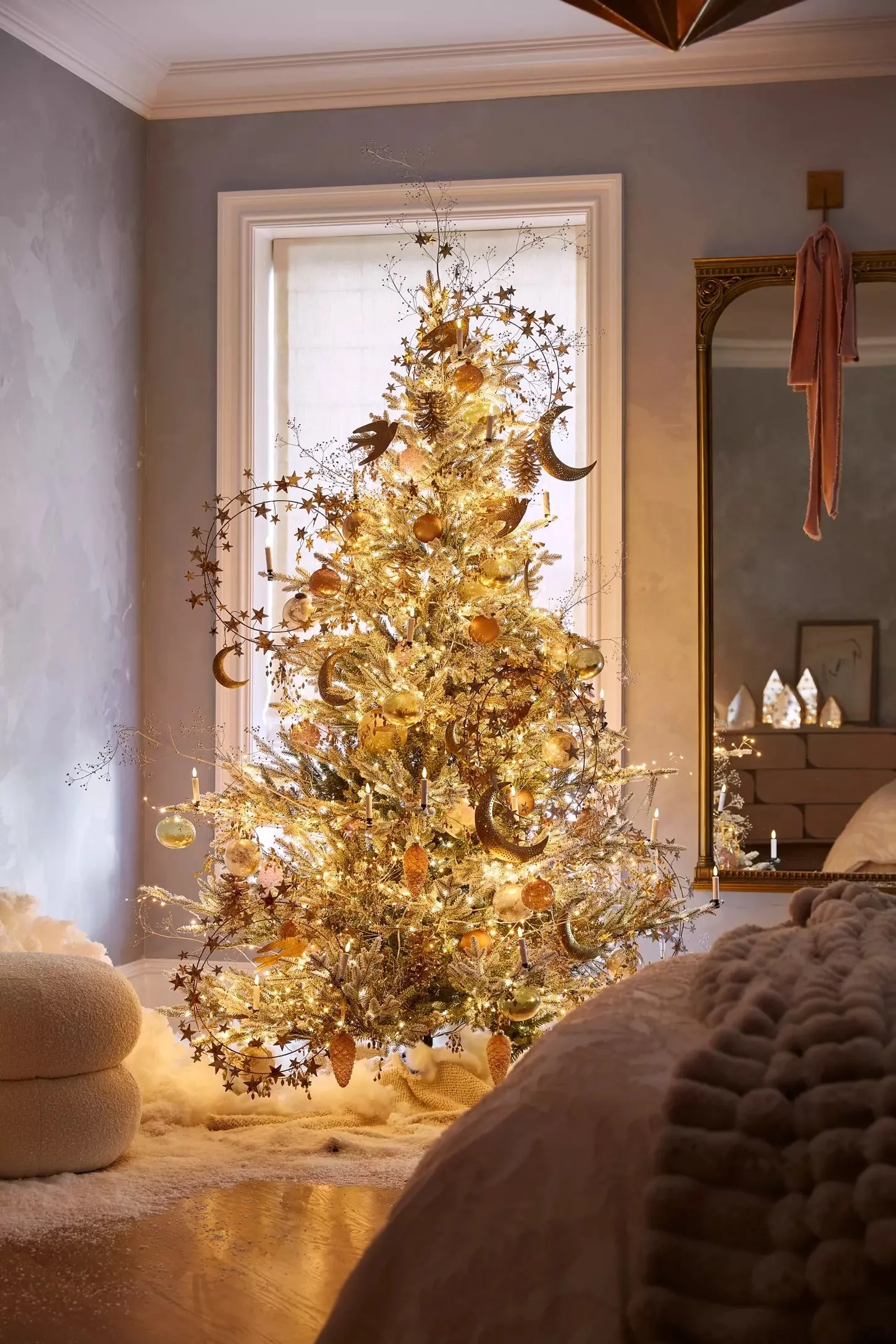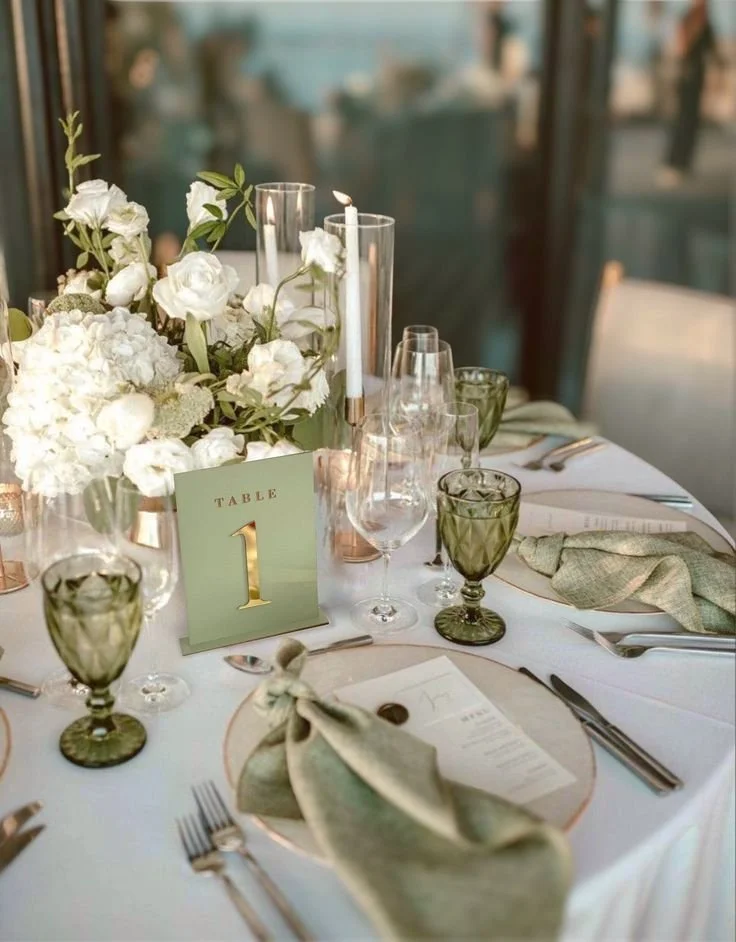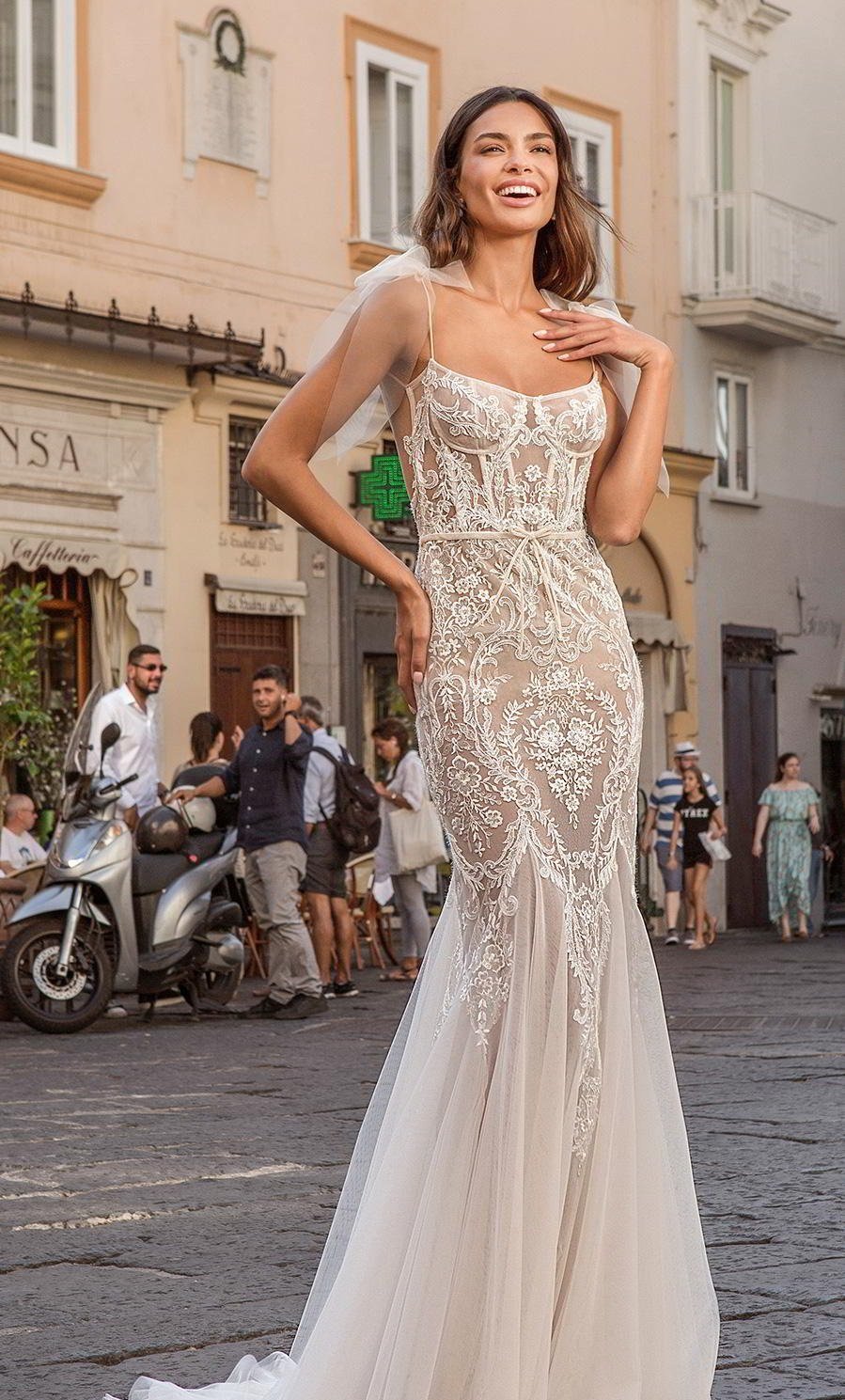The warm and romantic hue of rose gold jewelry sets it apart from traditional gold and silver jewelry, and it has become increasingly popular in recent years. Composed of gold and copper with a hint of silver, rose gold jewelry exudes a warmth that is both timeless and symbolic of transformation.
Whether incorporated into delicate rings, bold statement necklaces, or trendy wristwatches, rose gold adds a touch of sophistication and modernity to any outfit. It effortlessly complements a wide range of skin tones, making it a favorite choice for jewelry enthusiasts worldwide.
The appeal of rose gold jewelry is its symbolic meaning. Often associated with love, femininity, and compassion, the soft blush tones of rose gold convey a sense of warmth and affection, making it a popular choice for engagement rings and other sentimental pieces.
Rose gold's subtle yet luxurious aesthetic makes it suitable for everyday wear and special occasions. Its understated glamour allows individuals to express their style effortlessly, whether they prefer minimalist designs or intricate, ornate pieces.
As a timeless and contemporary metal, rose gold jewelry continues to captivate jewelry lovers, proving that its allure goes beyond fleeting trends. Whether worn as a standalone piece or mixed and matched with other metals, rose gold jewelry offers a chic way to elevate any look with a touch of romance and sophistication.
Did you know that rose gold gets its stunning pink hue from the blending of pure gold with copper alloys? This unique combination creates its distinctive color and makes it more durable than traditional yellow gold. The warmth of rose gold complements all skin tones, making it a versatile choice for jewelry lovers.
Its romantic history further complements its meaning, as it was popularized in the 19th century by Russian jewelers for their royal clientele. With its timeless appeal and modern charm, rose gold jewelry continues to captivate hearts with its elegant allure and understated glamour.
If you are thinking about investing in rose gold jewelry, either for yourself or for a loved one, here is a guide that will provide you with everything you need to know about this alluring metal.
No. 1
What is rose gold?
As mentioned briefly above, rose gold is a precious metal that boasts a unique pinkish-red color. Sometimes referred to as pink gold, this color is achieved by mixing classic yellow gold and copper. The higher the copper content, the more depth of color you can expect.
No. 2
Is rose gold real gold?
Yes, rose gold is real gold. The main component of this precious metal is pure yellow gold; it is mixed with copper to achieve its distinctive coloring. As pure yellow gold is generally too soft for fabrication alone, most gold jewelry is mixed with another metal to make it more durable.
No. 3
What skin tones are suited to rose gold?
Rose gold is complementary for most skin tones, which is why it is so popular. As nearly everyone has some pink undertones in their skin, rose gold jewelry can be worn by everyone. Although rose gold jewelry tends to be favored by women, there is no reason why men cannot also wear rose gold. It can often be more complimentary on men than yellow gold.
No. 4
How to choose rose gold jewelry
Rose gold jewelry comes in many forms, including rose gold necklaces, rose gold bracelets, and rose gold rings. There are also different purity amounts to consider—with 18K being the most popular karat of choice. This blend comprises 75% pure gold and 25% other metals such as copper.
When deciding where to buy rose gold jewelry, find a reputable jeweler. You want to avoid paying a premium for an inferior item. It can be a good idea to ask for a certification of authenticity, especially if you are purchasing an expensive item such as an engagement ring. Take the time to read online reviews and customer testimonials during your research process.
No. 4
How to take care of rose gold jewelry
Regular polishing is essential to keep your rose gold jewelry looking its best for longer, so your items will need less maintenance over time. Take a dry polishing cloth and gently wipe off any natural build-up, such as dirt and oils. Once every 2-3 months, you should aim to clean your rose gold jewelry more thoroughly using warm soapy water and a soft cloth. Avoid using harsh chemicals or abrasive materials that can damage the metal.
Takeaways
Rose gold, with its delicate blush hue and shimmering elegance, symbolizes much more than just a trendy metallic shade. Rose gold embodies the essence of personal transformation and inner beauty.
Just like how rose gold is created by combining pure gold with copper, undergoing a metamorphosis to reveal a new shade that is both strong and soft, our journey towards self-discovery often involves merging different aspects of ourselves to create a harmonious and radiant whole.
This luxurious metal serves as a reminder that true beauty lies in embracing our uniqueness and vulnerabilities and that the process of self-discovery is a continual refinement of our inner selves. Much like rose gold, we too, can shine brighter as we acknowledge and integrate all facets of who we are.
So, the next time you catch a glimpse of rose gold, whether in jewelry, decor, or even nature itself, let it be a gentle nudge to embrace your transformation with grace and confidence. Let it inspire you to recognize the beauty that lies within, waiting to be unveiled through self-care, mindfulness, and a commitment to personal growth and transformation.
FAQ
Is rose gold durable?
Rose gold is sturdy and suitable for everyday wear. However, like all jewelry, it can scratch over time. It's essential to take care of your rose gold pieces by avoiding harsh chemicals and storing them properly when not wearing them.
Can rose gold jewelry tarnish?
Rose gold does not tarnish, but the copper in the alloy can react with moisture and skin oils, causing the jewelry to darken slightly over time. This patina effect is natural and can enhance the beauty of the piece.
Is rose gold hypoallergenic?
Rose gold is generally hypoallergenic, making it a fantastic option for those with sensitive skin. However, if you have a known copper allergy, it's essential to be cautious, as rose gold contains a certain amount of copper in its composition.
How can I style rose gold jewelry?
Rose gold complements various styles and outfits, thanks to its warm tone. You can wear it alone for a subtle and elegant look or mix it with other metals like yellow gold or silver for a trendy and personalized style.
Where can I purchase quality rose gold jewelry?
Quality rose gold jewelry can be found at reputable jewelers, both in-store and online. Look for pieces marked with the karat purity of the gold and ensure you purchase from trusted sources to guarantee authenticity and craftsmanship.
